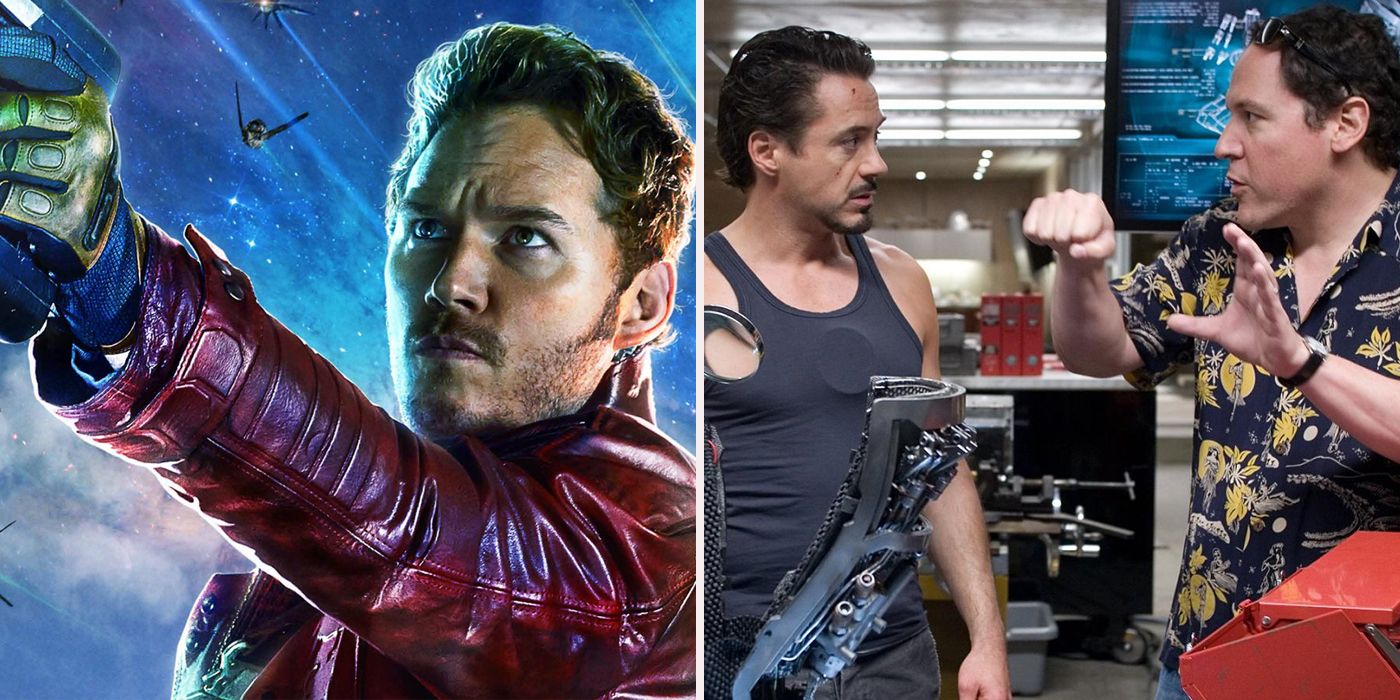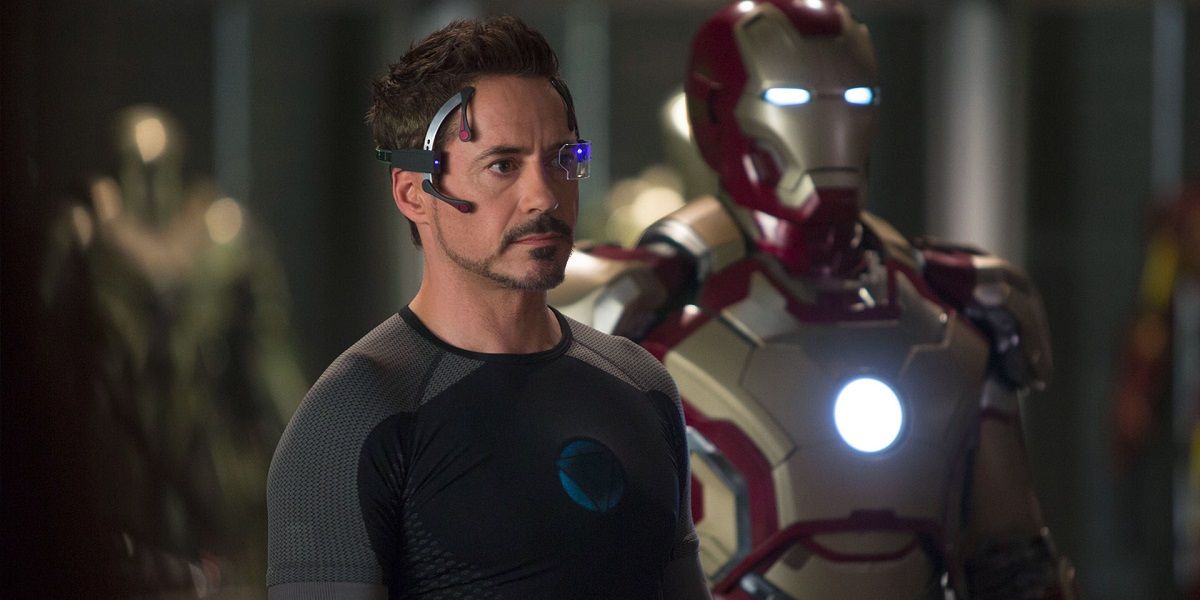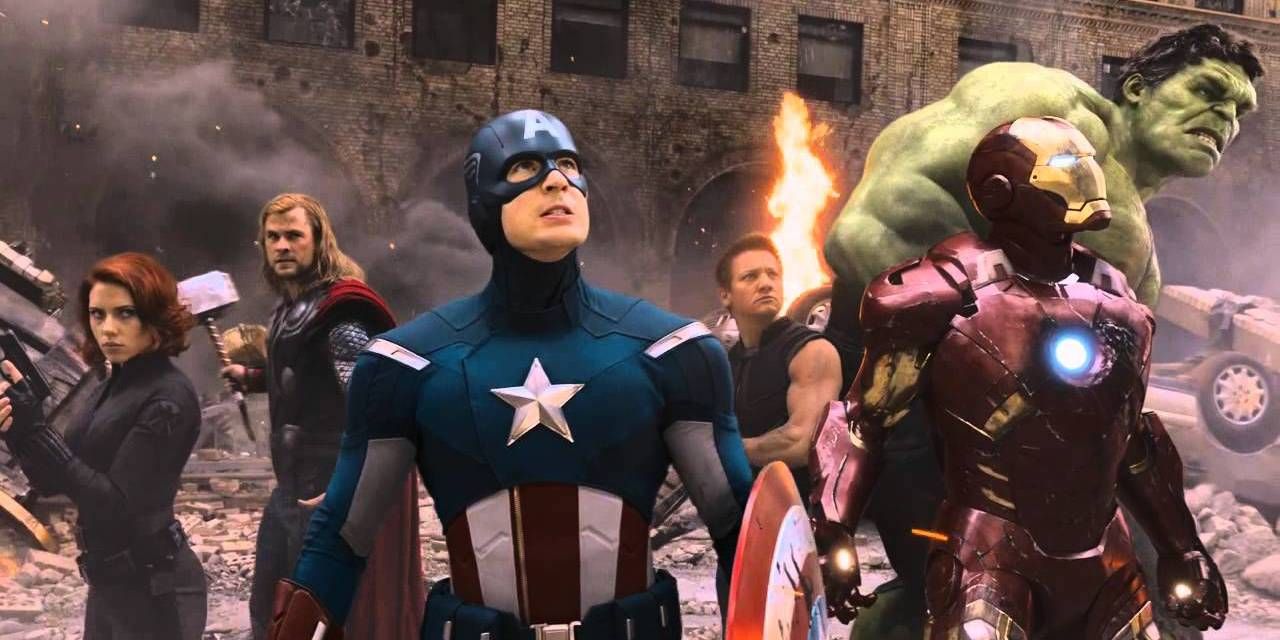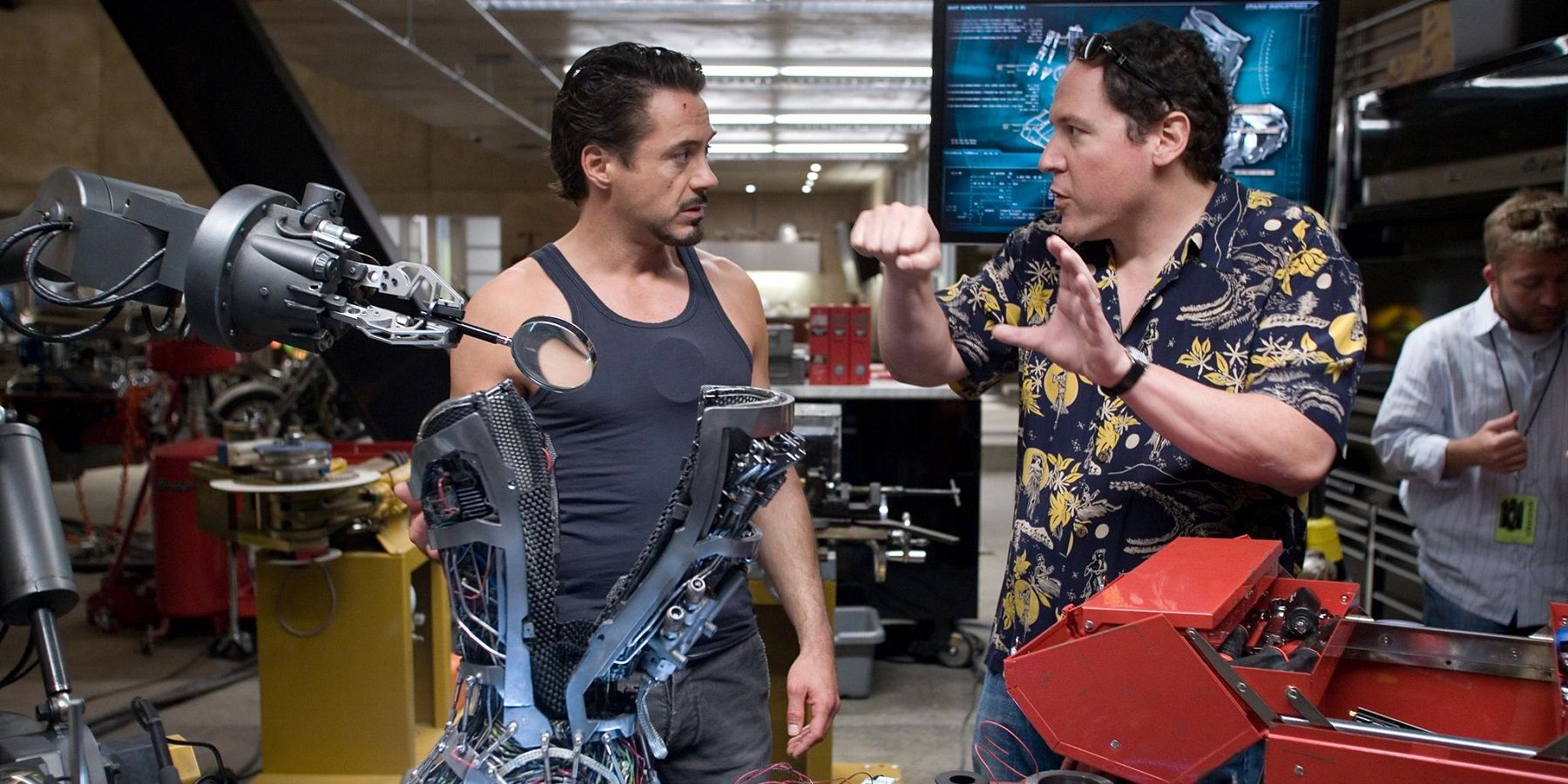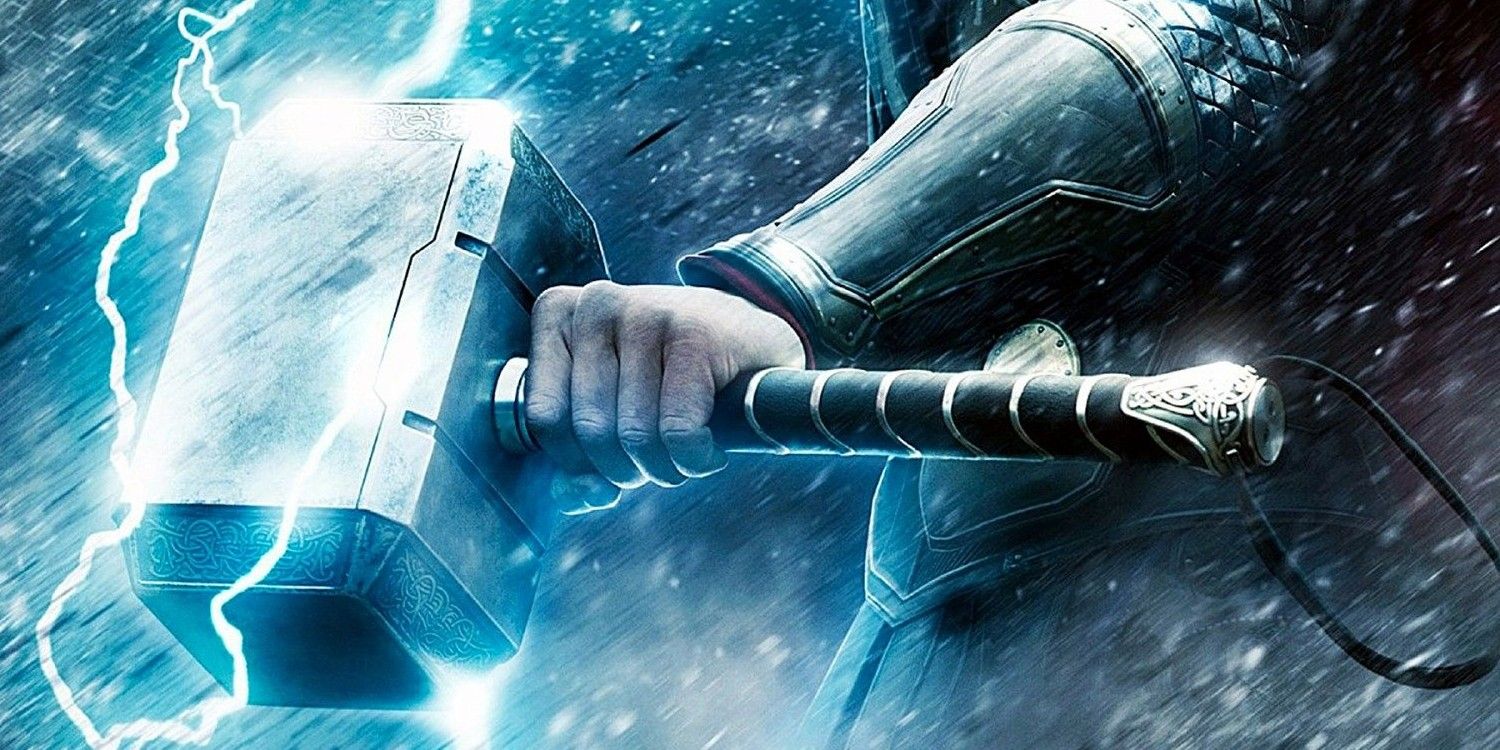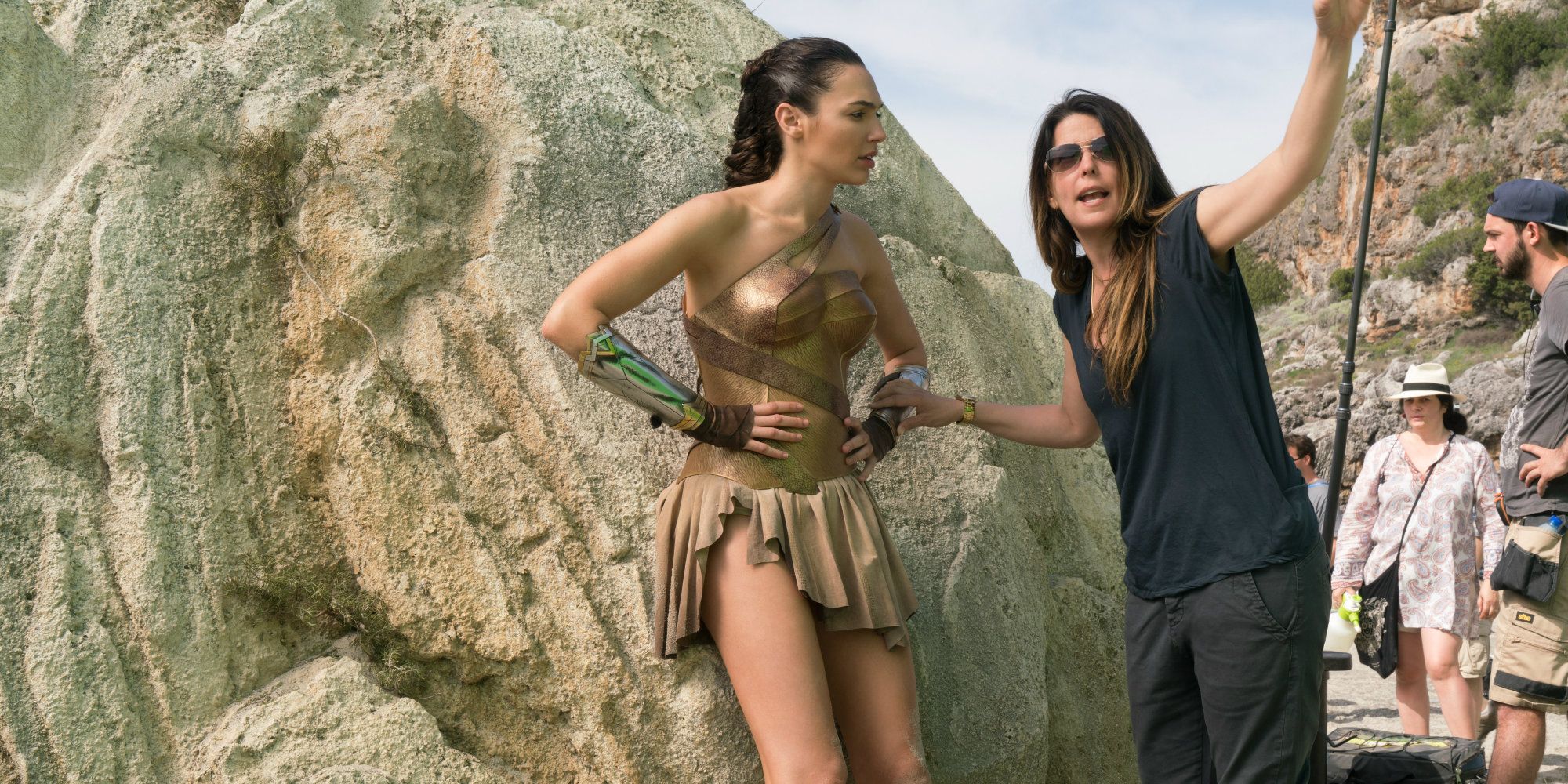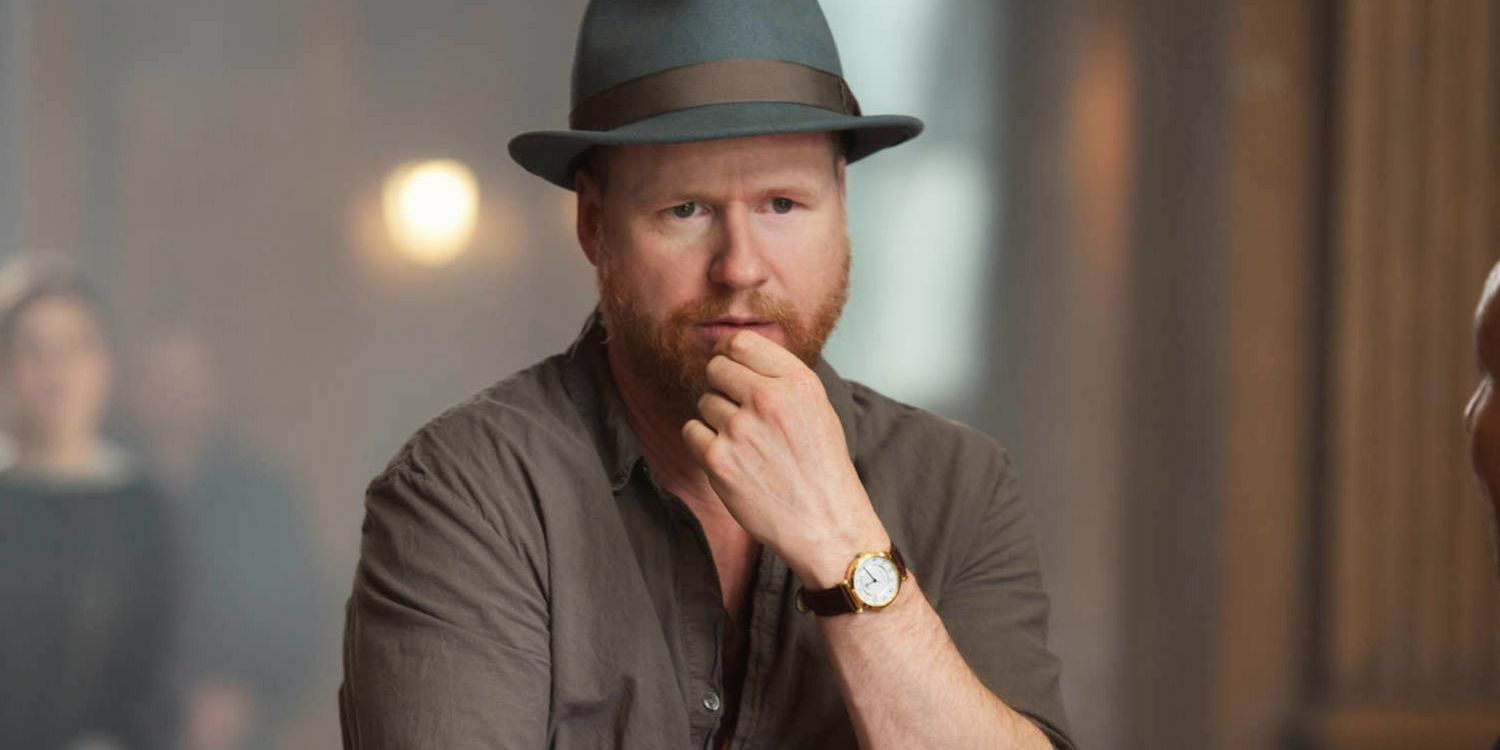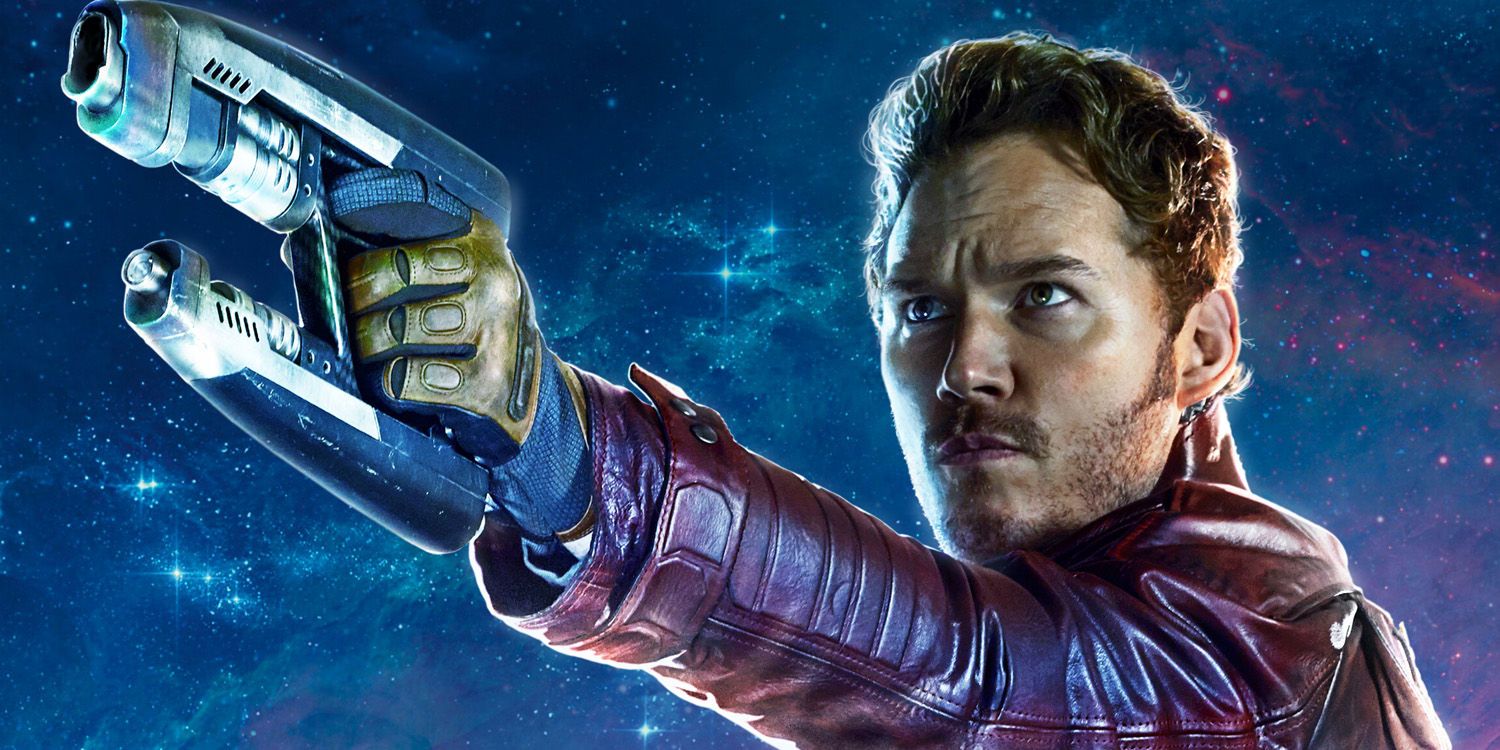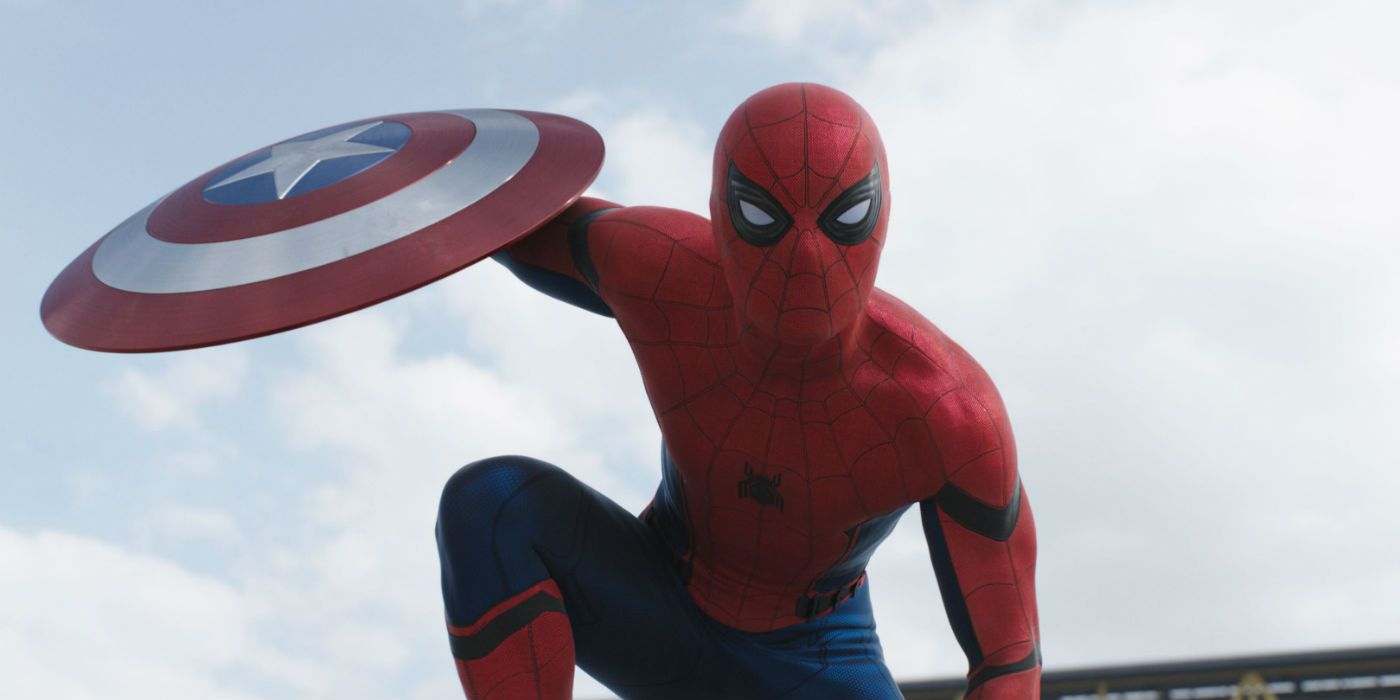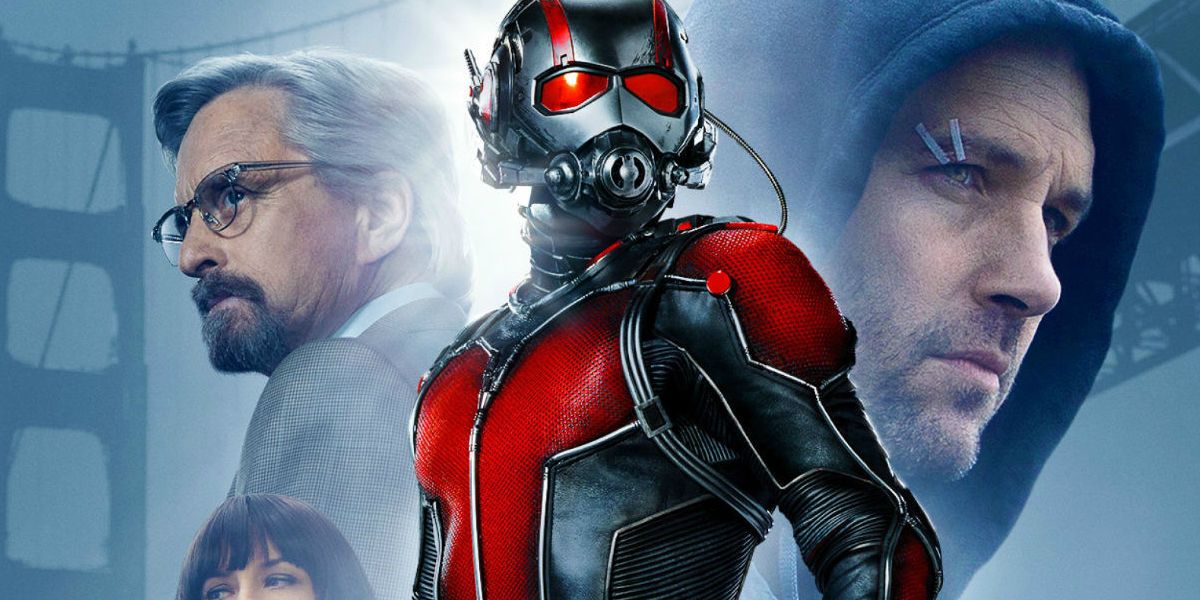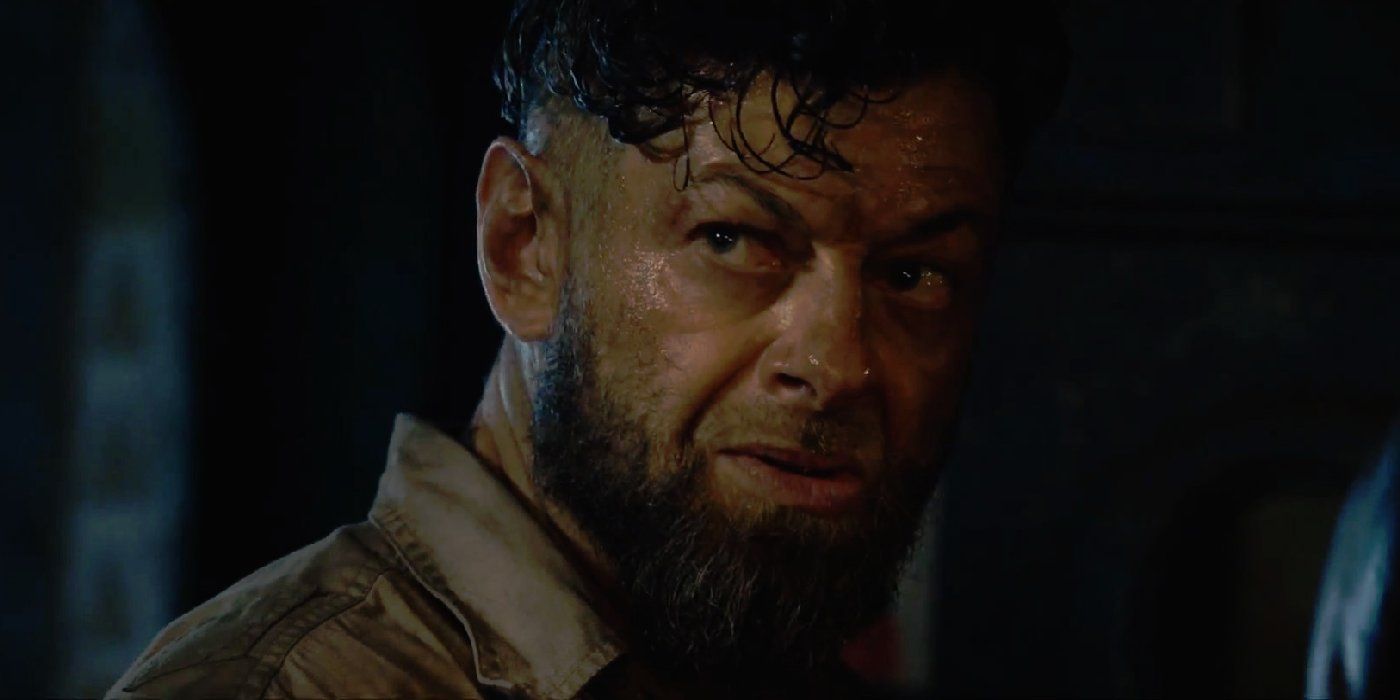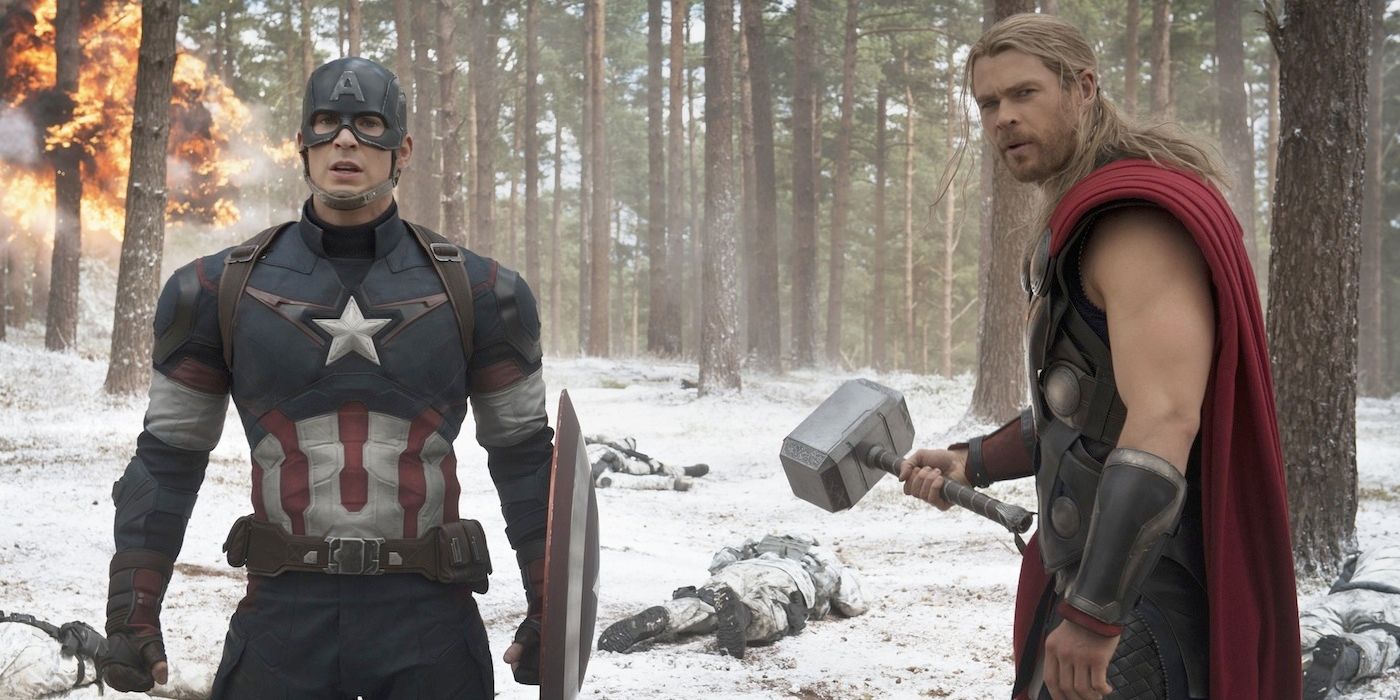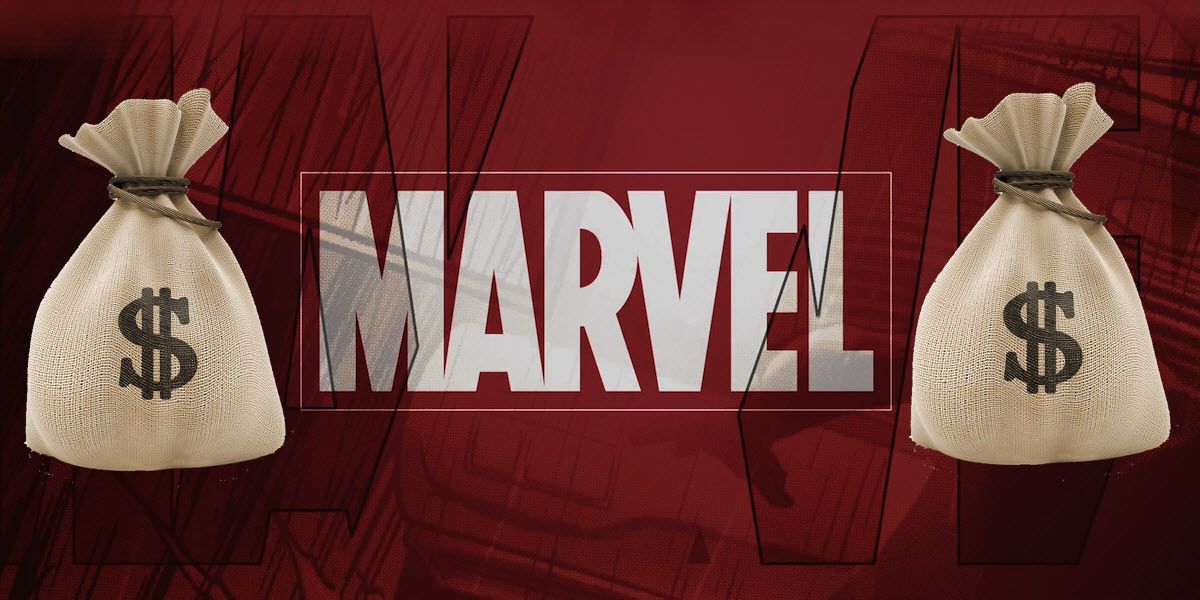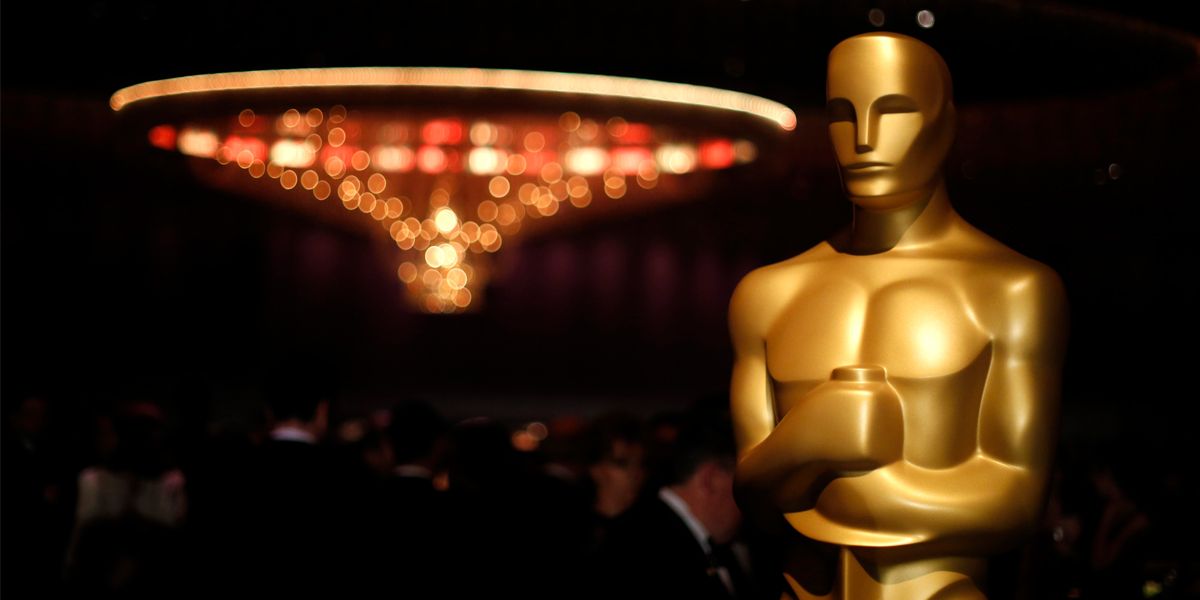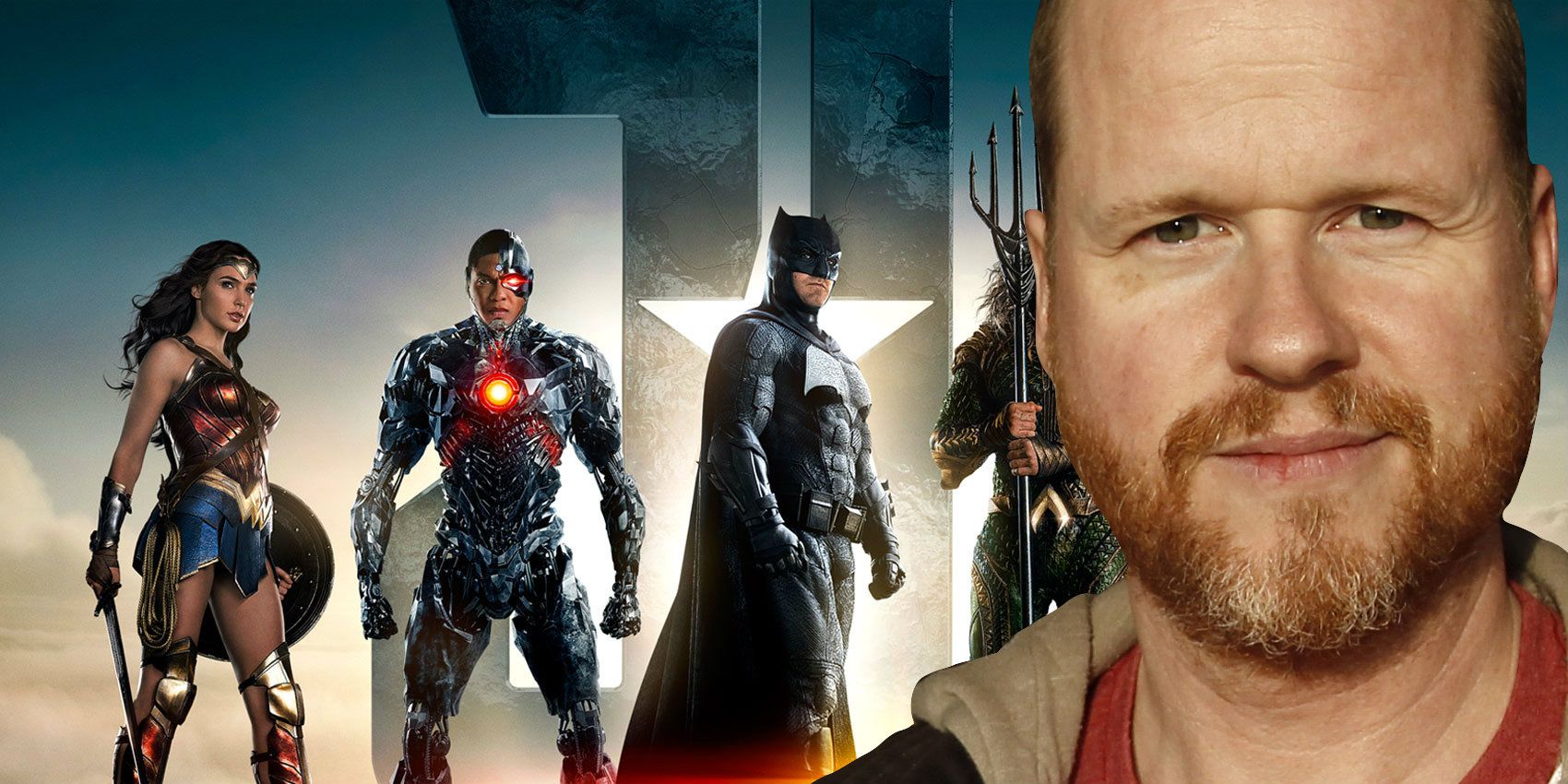With the benefit of hindsight, one could say that setting up Phase 1 of the Marvel Cinematic Universe was fairly easy. Sure, it was a bold move on the part of Marvel Studios that required incredible amounts of both patience and foresight, but the overall structure of Phase 1 was relatively simple-- Each hero was introduced in a standalone film (with the exceptions of Black Widow and Hawkeye), an Iron Man sequel was thrown in, and then the Avengers were brought together in an epic crossover event four years in the making.
It's not exactly rocket science. Though, the mere thought of creating a shared universe was truly groundbreaking, and would shape the film landscape for years to come.
It was only after the Avengers assembled for the first time that Kevin Feige and the rest of the brain trust at Marvel Studios really began to flex their creative muscles. After all, what happens after Earth's Mightiest Heroes vanquish their extraterrestrial foes?
To answer this question, the studio released a slate of films that would focus on the individual adventures of previously introduced heroes Iron Man, Thor, and Captain America, as well as a few aimed at introduced new characters like the Guardians of the Galaxy and Ant-Man.
Here are the 15 Things You Didn't Know About the MCU's Phase 2.
15. It made Robert Downey Jr. the highest paid actor in the world
Each phase of the MCU has thus far had a significant impact on the career of Robert Downey Jr. Phase 1 officially completed his comeback from Hollywood has-been into legitimate A-lister, and Phase 2 upped the ante by making him the highest paid actor in the world.
Meanwhile, Phase 3 appears to be hell-bent on making him the first actor to star in a Spider-Man film who doesn't play the character of Spider-Man. This is particularly obvious in the poster for Spider-Man: Homecoming, which makes him look more prominent than Tom Holland.
According to Forbes, Downey made $75 million dollars between June 2012 and June 2013 ($50 million for The Avengers and another $25 million for Iron Man 3), which made him the highest paid actor of the year. This is no surprise considering the two films made a combined $2.7 billion dollars at the box office and Downey was a huge part of that success.
In fact, six of the MCU's top eight highest-grossing films so far have featured Downey's Tony Stark (the other two are Guardians of the Galaxy Volumes 1 and 2). Downey has pushed ticket sales all across the world and been compensated accordingly.
14. Joss Whedon is the only Phase 1 director to direct a phase 2 film
At a time when franchises are all the rage, it's become a common practice for movie studios to sign their actors to multi-picture contracts with the hopes of producing many moneymaking sequels. Chris Evans and Sebastian Stan both claim to have signed nine-picture deals with Marvel, while Tom Holland has stated he has a more modest six-picture deal.
Considering this, it should come as a bit of a surprise that most of the MCU's directors have only done one. The only MCU director to have a film in both Phase 1 and Phase 2 is Joss Whedon (The Avengers and Avengers: Age of Ultron).
Captain America: The First Avenger director Joe Johnston was replaced by the Russo brothers for the sequel, and Thor director Kenneth Branagh was replaced by Alan Taylor for Thor: The Dark World. Even Jon Favreau (the man who started it all by directing Iron Man 1 and 2) was replaced by Shane Black for Iron Man 3.
13. Jon Favreau left Iron man 3 to direct magic kingdom
Jon Favreau deserves immense credit for the successful launch of the MCU. Marvel Studios President Kevin Feige and a number of other producers behind the scenes also deserve credit for their vision of a shared universe, but that vision would be for naught if Favreau hadn't delivered a winner with Iron Man.
Still the highest-rated MCU film released so far according to Rotten Tomatoes, Iron Man was a box office hit that re-made Robert Downey Jr. into a star and put Marvel Studios on the map, and Favreau is the man who made that happen.
While Favreau would stick around to direct Iron Man 2, he would ultimately step away from the franchise in order to direct Magic Kingdom. According to Favreau, "Magic Kingdom is a story I’ve been developing [...] about Disneyland coming to life, and all of the different lands and attractions all overlapping one another and creating a big adventure that a family gets caught up in."
The film basically sounds like Night at the Museum featuring all of the Disney properties, which would be incredible if it came to fruition. Unfortunately, it hasn't yet, but let's hope it does.
12. Mjolnir received some upgrades between phases
Mjolnir has had quite the history in the MCU so far. Thor was worthy of wielding it, then he was unworthy, and then he was worthy again. The rest of the Avengers tried to lift it and failed before Vision eventually succeeded, it also powered Iron Man's suit and went weapon-to-weapon against Cap's shield in The Avengers, and it even served as a Lokiweight at the end of Thor. It has had quite the history behind the scenes as well.
Barry Gibbs, Property Master on Thor: The Dark World plus several other MCU films, told MTV News that "on the first [Thor], it was quite plain and had a very simple leather handle. And then on The Avengers, it took on a little bit more high tech [look]."
"This one [in The Dark World] has actually got some patternation, so it looks as if it's been through, you know, battles and it's got some age to it," he went on to say.
Gibbs also revealed that more than twenty hammers were used during The Dark World, including a hero hammer (which was used most often), a rubber hammer for battle scenes, several light, soft hammers for Chris Hemsworth to throw and catch, some that lit up for the lightning effects, and some that were just handles used for spinning.
11. Wonder woman director patty jenkins almost directed Thor: the dark world
What many people know by now is that when Wonder Woman hit theaters earlier this year, Patty Jenkins officially became the first woman to direct a studio superhero film. What many may not know is that she nearly completed the impressive feat four years earlier with 2013's Thor: The Dark World.
In fact, Jenkins officially signed on to direct the God of Thunder's sequel in October 2011, though she left the project in December 2011 citing "creative differences." It would later be revealed that her heart simply wasn't in it.
According to Jenkins, exiting the project was "painful and sad because I really loved those guys and I loved the idea of us making a Thor together [...] I didn’t think I could make a great film out of their script."
Jenkins, admittedly, also had the bigger picture in mind. "I was also like, Oh my God, I can’t do something I don’t believe in, in that big of a scale. I knew that that was going to set [not only] me back, but also women directors back." Considering Thor: The Dark World's lukewarm reception and the raving reviews for Wonder Woman, it looks like she made the right call.
10. Joss whedon served as creative consultant on every phase 2 film leading up to age of ultron
Building the MCU into the box office juggernaut that it is today required incredible talent both in front of the camera and behind the scenes. While Kevin Feige and Jon Favreau can both be credited for the successful launch of the MCU, Joss Whedon is the person who successfully brought Phase 1 together with 2012's The Avengers.
Following the success of the film, Whedon was signed on as a creative consultant for every film thereafter, leading up to Age of Ultron. Based on the stories that have come out of Phase 2, he truly earned his paycheck.
According to Thor: The Dark World director Alan Taylor, Whedon "basically got airlifted in, like a SWAT team or something" to London to help re-write scenes for the film that just weren't working.
Whedon also wrote and directed the mid-credits scene for Captain America: The Winter Soldier, which gave audiences their first glimpse of Scarlet Witch and Quicksilver. Additionally, he was consulted before the casting of Josh Brolin as Thanos in Guardians of the Galaxy since the mad Titan plays such a pivotal role in the MCU overall. If phase 2 were a crime scene, Whedon's fingerprints would be all over it.
9. A boat load of actors were considered for the role of peter quill
Guardians of the Galaxy of 2014 was without a doubt Marvel's biggest hurdle of Phase 2, if not the entire MCU so far. While Iron Man, Thor, Hulk, and Captain America weren't exactly on the same level as Marvel A-listers like Spider-Man and the X-Men in terms of popularity, they were at least recognizable-enough to justify having their own films. The same couldn't be said of Guardians of the Galaxy, which was based on an obscure group of heroes known only to the hardest of hardcore fans.
This put intense pressure on Marvel to nail their casting choices for these characters (since they needed to immediately ingratiate themselves to casual fans), particularly for the group's leader, Peter Quill aka Star Lord.
Zachary Levi, Joseph Gordon-Levitt, Michael Rosenbaum, and John Gallagher Jr. were all considered for the role, while Joel Edgerton, Jack Huston, Jim Sturgess, Eddie Redmayne, and Lee Pace all tested for it before Chris Pratt was finally casted. Guardians of the Galaxy would go on to become one of the MCU's highest-grossing franchises, so it appears like the decision to cast Pratt was a good one.
8. Joss whedon wanted spider-man and captain marvel to appear in age of ultron
Avengers: Age of Ultron is a good movie that, unfortunately, did not quite live up to the hype. In the film's defense though, the hype was massive. Joss Whedon had the unenviable task of introducing Ultron and Vision, while supplying backstories for Scarlet Witch and Quicksilver. He also had to provide adequate screen time for the core Avengers, while trying to make the film feel unique and capturing the magic of The Avengers in order to build toward Infinity War. As if that wasn't enough, Whedon apparently wanted to add Spider-Man and Captain Marvel to the mix.
Those who have seen the film know Age of Ultron ends with Captain America and Black Widow overlooking a new team of Avengers, which includes War Machine, Falcon, Scarlet Witch, and Vision. Joss Whedon originally wanted two of those slots for Captain Marvel and Spider-Man.
According to Whedon, he "would have put both in, but neither of the deals were made. And then they were like, ‘We’re making a Captain Marvel movie and we’ve got Spider-Man as a property,’ and I’m like 'I've already locked my film [...] Thanks for nothing.'" Whedon claims Sony approached Marvel regarding integrating Spider-Man into the MCU as far back as 2012, though a deal between the two wouldn't made until shortly before Captain America: Civil War.
7. Ant-man was originally the start of phase 3
In the grand scheme of things, the placement of Ant-Man at the end of Phase 2 is a bit of a head-scratcher. Phase 2 featured the completion of the Iron Man trilogy, the continuations of the Thor and Captain America trilogies, the introduction of the Guardians of the Galaxy, and finally the epic crossover event that was Age of Ultron.
Tacking on Ant-Man to the end of this made the hero feel like a bit of an afterthought. As it turns out, the reasoning behind this was that the film was originally supposed to be the start of Phase 3. Marvel eventually nixed these plans, however, deciding that Phase 3 was better served with Civil War.
Thus, Ant-Man was moved to Phase 2. According to Kevin Feige, "Civil War is the start of Phase 3. It just is. And Ant-Man is a different kind of culmination of Phase 2 because it very much is in the MCU [...] it also picks up the thread of Age of Ultron in terms of heroes – major heroes, Avengers – coming from unexpected places." It's an interesting choice for sure, but at this point, Feige has more than earned the benefit of the doubt.
6. Every film features a character losing a hand
This is a trend that some MCU fans may already be aware of, but could come as a surprise to many. A character loses a hand in every Phase 2 film. According to Kevin Feige, this is a homage to Star Wars: The Empire Strikes Back, in which Luke Skywalker gets his hand cut off by Darth Vader. In an interview with CinemaBlend Feige said, "So I’m obsessed with Star Wars - and it didn’t start out as intentional, but it became intentional."
Think back to each Phase 2 film and you'll see Feige is completely correct. There was Aldrich Killian in Iron Man 3 (who gets his arm cut off by Tony before growing it right back), Thor in Thor: The Dark World (by Loki, though it turned out to be an illusion), and Bucky in Captain America: The Winter Soldier (in a flashback sequence that shows the train scene in Captain America: The First Avenger).
There was also Groot in Guardians of the Galaxy (who gets both arms chopped off by Gamora), Ulysses Klaue in Avengers: Age of Ultron (by Ultron), and Yellowjacket in Ant-Man (whose right arm is the first to disappear before the rest of his body shrinks).
5. Edgar wright was working on ant-man for nearly a decade before he left the project
The story of Edgar Wright and Marvel Studios is a sad one, especially considering how long the director was developing his version of Ant-Man before officially leaving the project in May 2014.
Wright originally signed on to write and direct Ant-Man way back in 2006. The film's script went through several revisions and was finally set to begin filming in 2014, when Wright and Marvel jointly announced that he would no longer be directing.
The official reason given by the two sides was "differences in their vision of the film." The simple truth is Kevin Feige and the rest of the brain trust at Marvel Studios have a specific vision for the MCU as a whole, and prefer their directors to work within a certain framework.
Edgar Wright, however, is very much an auteur director with his own distinct vision and style, so it made sense that the two couldn't make their relationship work. Guardians of the Galaxy director James Gunn put it best when he weighed in and said, "not everyone belongs in a relationship together." It's a shame, because Wright's version of the film would have been quite the sight.
4. Age of ultron was the fourth-highest grossing film of the year
When The Avengers hit theaters in the spring of 2012, it was the culmination of four years (and six films) of hard work. Fans waited for what must have felt like an eternity to finally see their favorite heroes on screen together for the first time.
This anticipation showed in the film's box office gross, as it would go on to earn $1.5 billion worldwide on its way to becoming the highest-grossing film of the year (out-grossing number two by $400 million). Three years later, Age of Ultron would earn another billion, but that would only be good enough for fourth on the yearly list.
Whether it be audience fatigue (it was the eleventh film in the franchise), the fact that the sequel felt like it hit many of the same beats as the original, stellar competition at the box office, or a combination of the three, Age of Ultron was not the highest-grossing film of the year as many expected it to be.
Instead, that honor went to Star Wars: The Force Awakens, followed by Jurassic World, and Furious 7. Still, Ultron pulled in $1.4 billion, which is nothing to scoff at.
3. It earned $5.27 billion at the worldwide box office
Despite Age of Ultron being only the fourth-highest grossing film of 2015, Phase 2 cleaned up at the worldwide box office to the tune of $5.27 billion. To put this into perspective, if the MCU's Phase 2 was its own franchise (distinct from Phase 1), it would be the fifth-highest grossing movie franchise of all time behind Harry Potter, Star Wars, James Bond, and Lord of the Rings. (For those wondering, Phase 1 would come in at number 10 behind X-Men, Batman, Pirates of the Caribbean, and Spider-Man.)
The six films averaged over $878 million worldwide, two of the six (Ultron and Iron Man 3) grossed over a billion, and the lowest-grossing of the bunch (Ant-Man) still made over half a billion across the globe. Phase 2 out-grossed Phase 1 by $1.5 billion, and made Disney's decision to purchase Marvel Entertainment for $4 billion look like even more of a downright steal.
2. It received four academy award nominations
Despite making six critically-acclaimed films that dazzled audiences all across the world in Phase 1, Marvel Studios received zero Academy Awards for their efforts. Phase 2 brought more of the same, as the Studio's films would again impress critics and crush the box office on their way to receiving four Academy Award nominations... and zero wins.
The Iron Man franchise picked up its third Best Visual Effects nomination in as many films (this time losing to Gravity). Captain America: The Winter Soldier and Guardians of the Galaxy also received nominations for Visual Effects, going head-to-head at the 87th Academy Awards before ultimately losing to Interstellar.
Guardians of the Galaxy received another nomination for Best Makeup and Hairstyling, which it lost to The Grand Budapest Hotel. This still puts DC up 1-0 in terms of Oscars. Marvel will surely keep its fingers crossed in Phase 3.
1. It drove joss whedon away from marvel (possibly for good)
Joss Whedon was one of Phase 2's heroes behind the scenes. He was also the biggest casualty, since it looks like he won't be coming back to Marvel Studios any time soon, if ever. When asked if he would have any involvement in the MCU after Phase 2 Whedon said, "No [...] I was their sort of consigliere for a while. […] I sort of had my finger in all of the films in the second phase. But then I just had to concentrate only on Ultron, and sort of know that when it was done I was just going to stop. So I made a completely clean break. Not because we had a falling out, just because I was like, ‘I can’t.’"
Since then, Whedon has gone to the other side and been heavily involved in the DC Extended Universe. He is currently overseeing Justice League in Zack Snyder's absence, and is slated to write and direct Batgirl. Considering the job he did with The Avengers and most of the MCU's Phase 2, it's safe to say that the DCEU is in good hands.
---
How many of these facts about the MCU Phase 2 did you already know? Are there any others that we left out? Let us know in the comment section.

